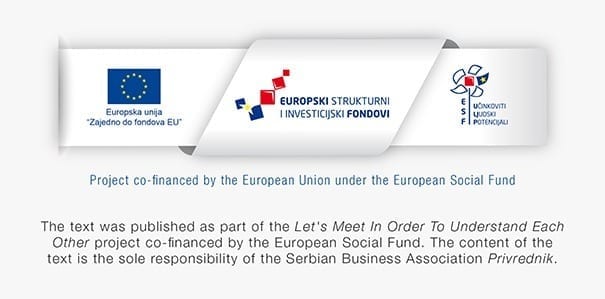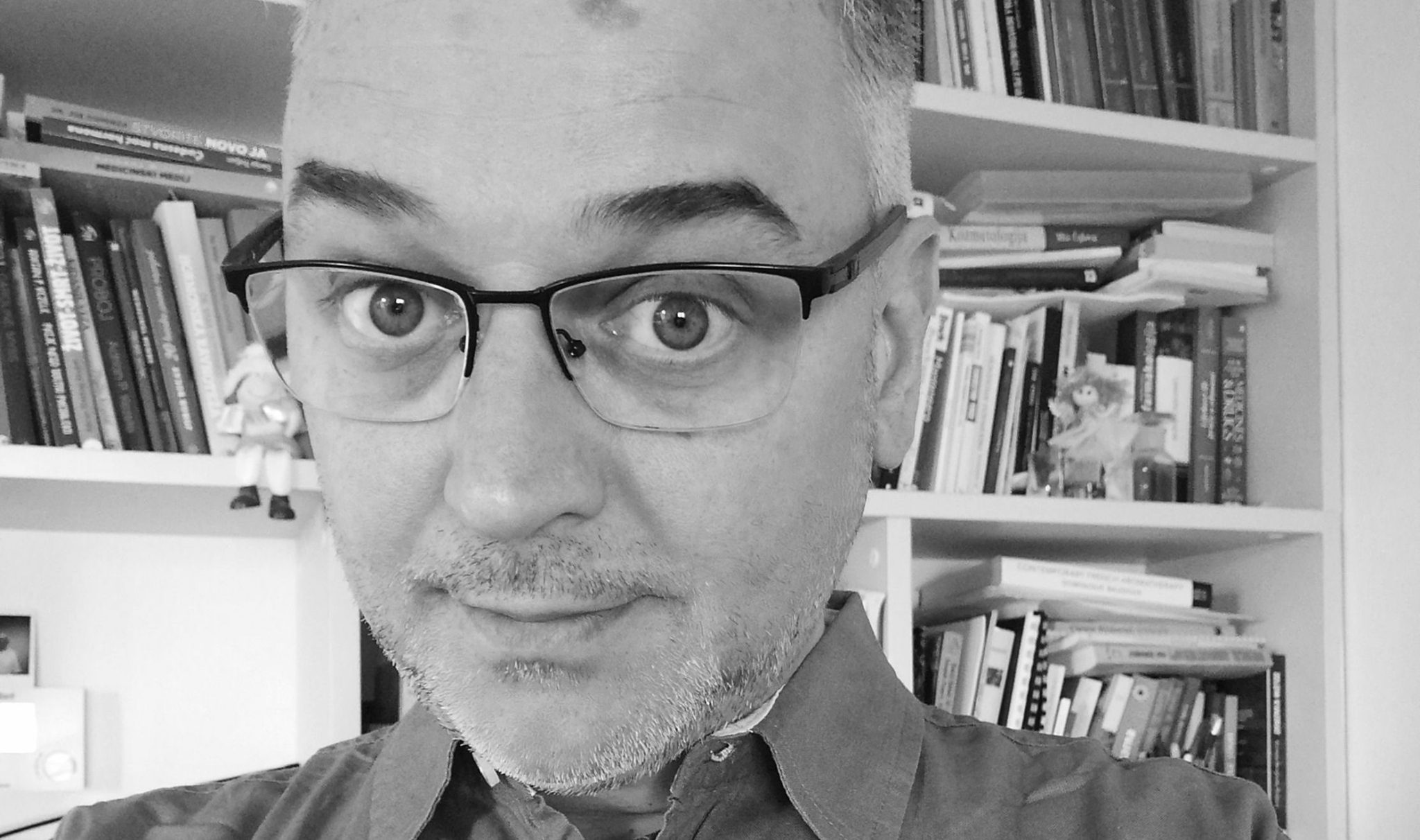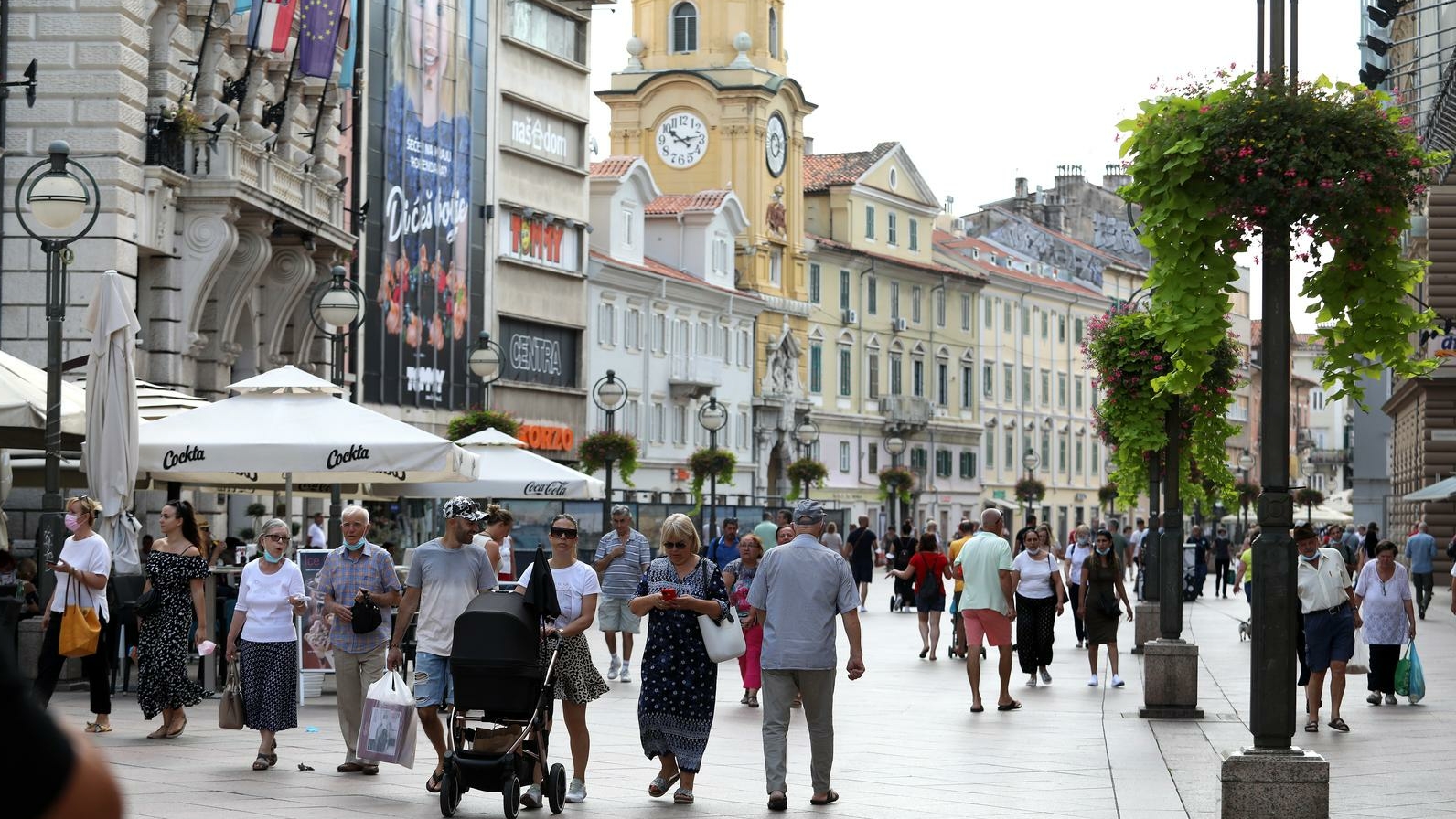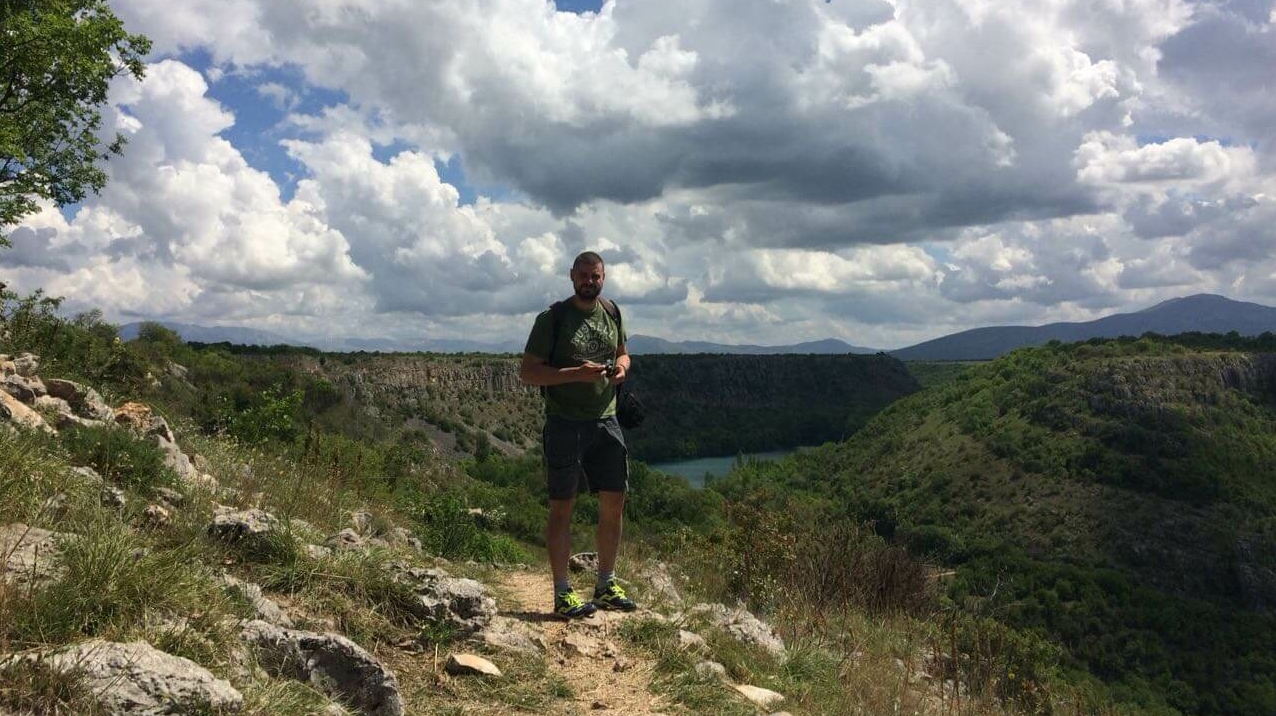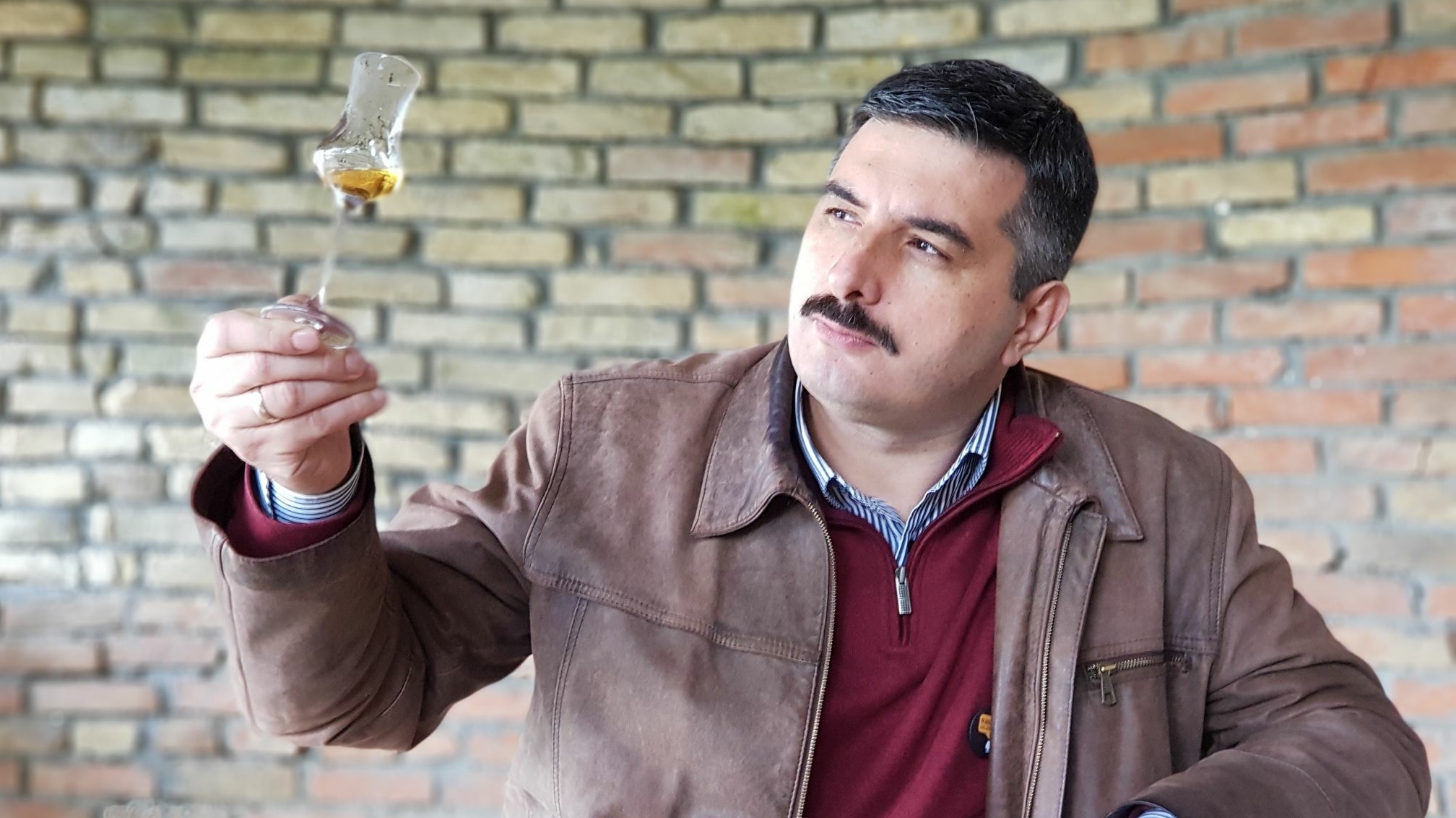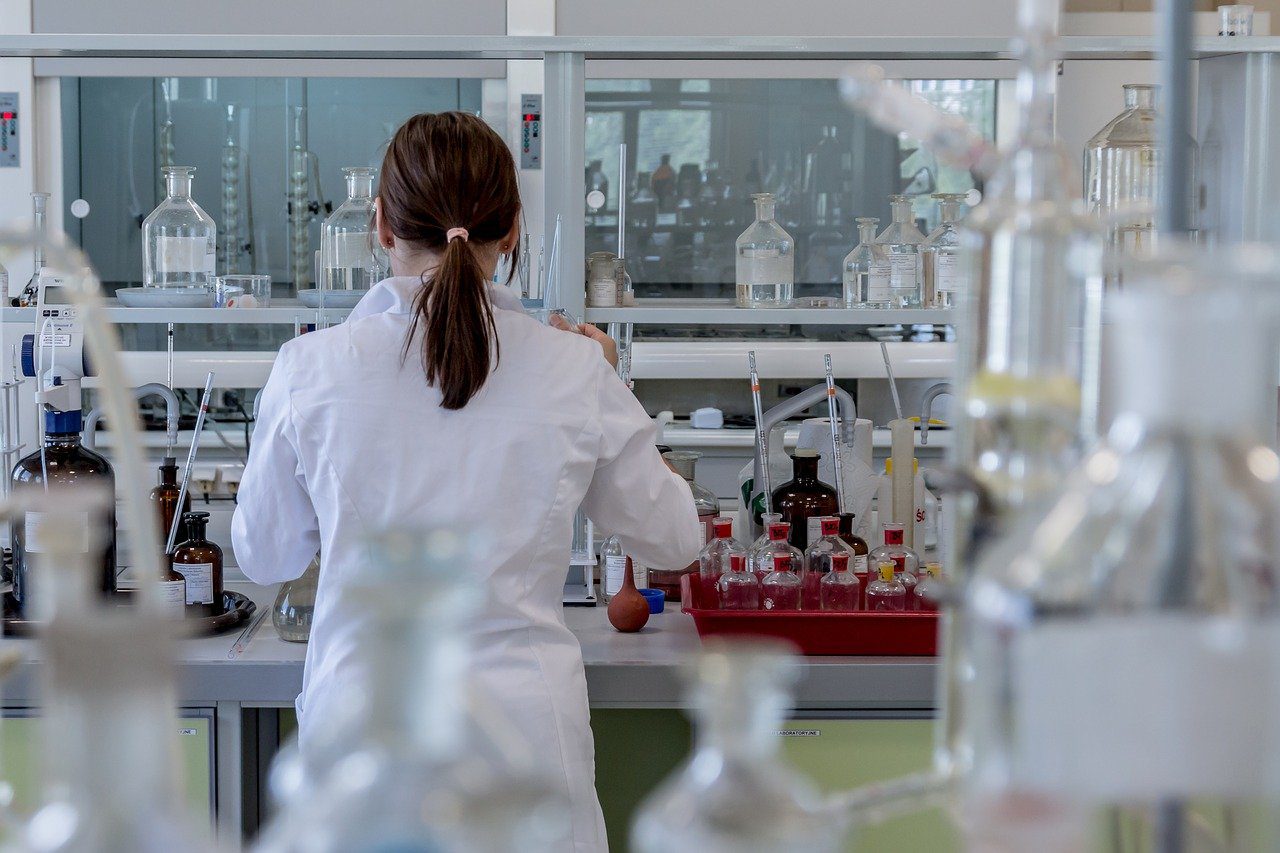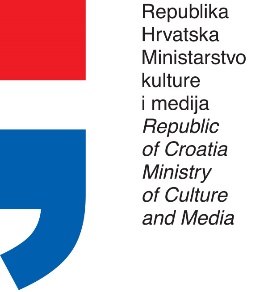Marko Krnjajić is a Pula-based art photographer, film director, cinematographer on several movies and multimedia artist. He has had several solo and collective exhibitions, has tried his hand at fashion photography and was a coordinator of film, photography and art programs in Pula and Istria. He is the president of the Inkubator art association. All in all, a representative biography of an author of the middle generation, befitting a city with a great and old cultural tradition – especially a cinematic one – such as Pula.
This biography, however, has a small addition. Marko Krnjajić was born in Belgrade. He grew up in central Belgrade at the turn of the nineties, during the zenith of its alternative, artistic and rock culture. That is why everything about Marko screams Belgrade: the way he talks, his appearance, his interests and his belonging to a very specific segment of the cultural scene – the most urbane, metropolitan, sophisticated one, the scene from the “vertical Belgrade”, to quote Kalajić. Marko comes from a family with close ties to film and Yugoslav cinema; he was an assistant on several movies and the cinematographer on the cult film We Are Not Angels 3 and Zdravko Šotra’s hit Ivko’s Feast. Of course, he is a cinephile himself, with a taste that ranges from underground and experimental cinema to mainstream movies.
Ten years ago, he switched his native and formative Belgrade – a city that might seem the only natural habitat for people and authors such as Marko – for the much smaller but historically no less urbane Pula. Like many others in various epochs, he came for love – a relationship with a girl from Pula – and decided to stay. However, his ties to this ancient Roman, then Austro-Hungarian, Italian, Yugoslav and now Croatian city – and the city of the most famous film festival of the former country – are not only personal.
Although he had never been to Pula before, he had a very specific idea about what the city was like – an idea of a rock fan of his generation. “I didn’t know where Istria was,” he jokes, “but there were ties – musical, comic book and cultural ties. My Pula story starts with the band KUD Idijoti, which I saw perform twice in Belgrade long ago. And so, since my teenage days, I had this idea that Pula was a cool place. People here can’t believe when I tell them that we wanted to be in Pula back in 1990 because the best band in the world was here, as well as other bands whose names we scrawled on notebooks, such as Messerschmitt. Not even time has managed to change this. I still listen to this music today. It is a part of my life that will never go away. And I was fascinated that I, an ‘old guy’ in his forties, was now going to live in Pula, the place that was so important in my youth.”
Asked whether it was difficult to adjust when he crossed from personal myth to hard reality, Marko at first says no. “When my girlfriend introduced me to people from that scene, it was total exhilaration,” he remembers. “They all sort of went ‘what’s up, brother Serb, let me get you a drink,’ and it was all like a nonstop party.”
He adds, however, that you can’t see the real state of things and the gap between idea and reality in the first few months. He insists that he was lucky to come at a time when some of the scene that interested him still existed.
“Pula has changed drastically in the ten years since I came here. It is no longer the same city,” he says with some reserve. “Even the tourists have changed. Everything looks cheaper. It used to be cool people from abroad, young people with guitars, and you could hear rock and punk riffs from every basement. That is gone now,” he says disappointedly. Probably the biggest hit for the city was the closure of the Uljanik Shipyard, which brought about a general decline, including a decline of culture. On the other hand, when it comes to high culture, at the time when Marko came, modern content could be seen in only one gallery – the famous Makina Gallery. Today, there are many more places for culture and galleries, he says. One of them is SKUC – the Serbian Cultural Center: a small but agile Pula cultural institution, where, by lucky chance, Marko started working as a program coordinator almost immediately after arriving. He adds that he arrived at just the right time because the steady job allowed him to regulate his status and residence in the country.
As a man of cinema in the city of the largest film festival, he had planned to work in movies as well. He was sure that such a city had a film production company. There wasn’t one. However, his reaction was different from what might be expected: “When I realized there wasn’t one, I thought ‘it’s even better there’s nothing because we’ll create something! We’ll invest energy to establish something like that.’ Of course, it turned out that wasn’t easy, and was maybe impossible, so the project didn’t take off, which is typical for a city in crisis.” Still, Marko didn’t pay much attention to this. During the first few years, he was too fascinated with the city and the way he lived in a new environment, for the first time outside of Belgrade. He had the support of his family, which made things easier, and he got similar reactions from friends. Istria’s reputation surely helped this, although he mentions that many friends, who were supportive and said that “if nothing else, at least he lives on the coast”, also said they would never do something like that or come live in Istria and Croatia. They made it clear that they did not trust the environment and would not feel safe in it. Asked whether he has always felt safe in Pula, he says he has without hesitation: “Not the slightest unpleasantness this whole time.” He is, however, aware that not all the Serbs of Pula were so lucky. Many, especially of the older generation, whom he met in the Serbian Cultural Center, “did not have the nicest fates,” whether because they were from the generations that came earlier for bare survival or because of everything that happened in the last three decades.
Still, Marko took advantage of the Serbian Cultural Center and organized many events – art and photography exhibitions, literary evenings, screenings of experimental and short films and promotions of small festivals. Of course, he also participated in the well-established Days of Serbian Culture, which long ago surpassed their narrow ethnic, “minority” character and became an important annual cultural event in the city. There was a lot of work to do, and attendance was high. The specific regional aspect and amateurism often associated with presentations of Serbian culture in Croatia did not prevent modern forms and styles from being presented. Marko both honored the more traditional expression of the Serbian community and worked on things closer to his world, such as the Metamedij Art Association’s Golden Watermelon Award, awarded to young artists for work in new media. This type of expression and projects always transcends ethnic limitations and is intended for all people open to collaboration and experiment.
“In Istria, the crazier – the better, the more colorful – the more successful,” Marko says laughing. This sentence could be the motto of this peninsula, its mentality and relations in culture, as a broader term or as a matter of artistic practice. “People like peculiar things, and that is what I like about Istria,” he explains. He recalls several excellent exhibitions and events organized by SKUC and singles out the guest appearance of the diva of our cinema, Milena Dravić, in Pula. However, regardless of the content, the type of exhibition or project, Marko says he is happy that they’ve managed, over the years, to create an atmosphere in the Serbian Cultural Center where everyone is welcome.
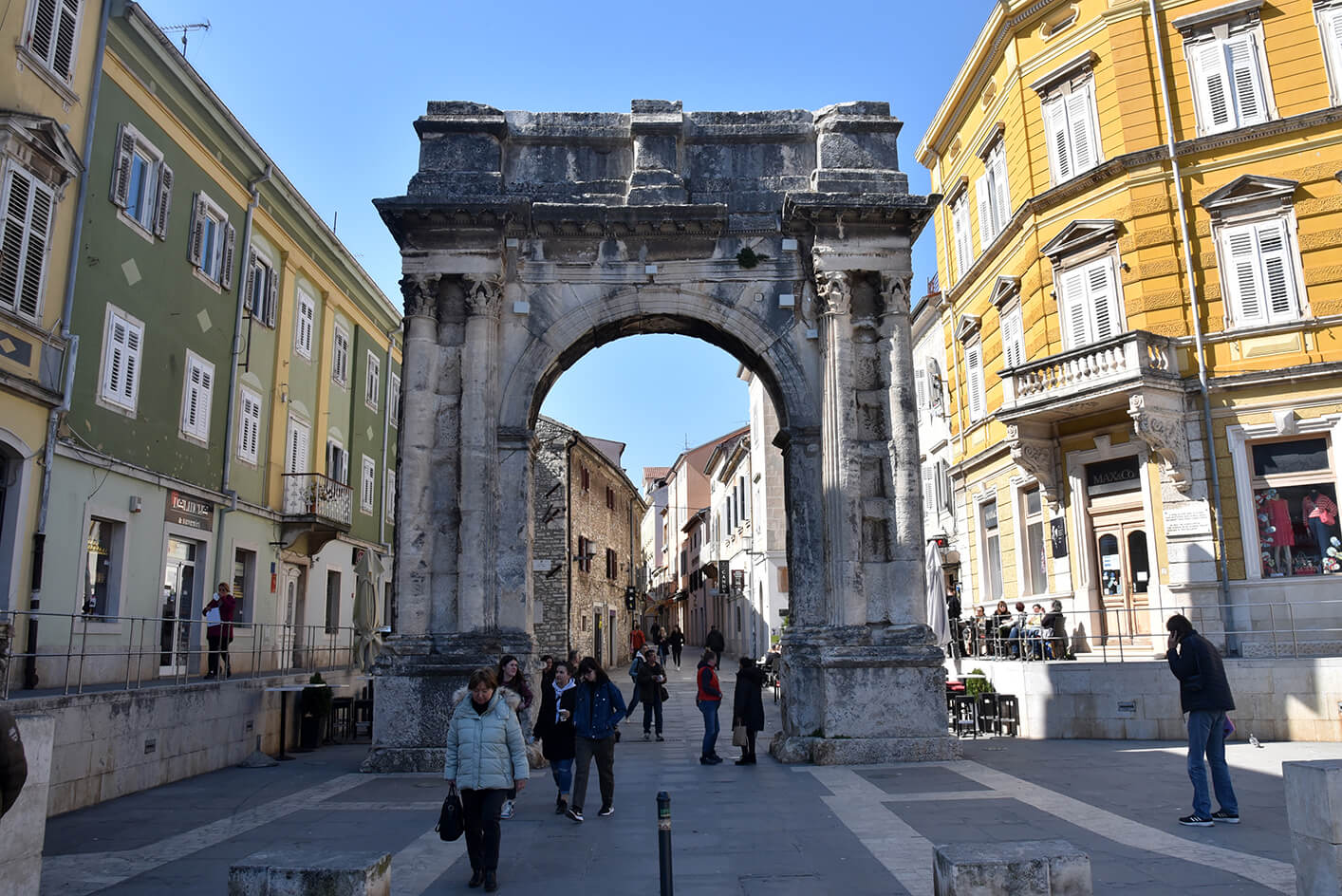
Although he praises the openness of Pula and Istria, the evident problem is the fact that the members of the Serbian community in Pula who get together are mostly older citizens. Young people rarely gather along ethnic lines, and if they do, it is because of the content, not ethnic identity. The Belgrade-Pula artist confirms this unfortunate fact.
“There are no young people. I don’t know what will happen when the elderly are gone,” he says.
Asked whether he is nostalgic for Belgrade, he says he is not, adding an interesting thought that many, not only Belgrade citizens, could identify with: “I was nostalgic for Belgrade even when I lived in it because the Belgrade I once lived in no longer exists. This has nothing to do with my moving to Pula. Half of the people I socialized with no longer live in Belgrade.”
Marko concludes with a very Belgrade-sounding sentence:
“You don’t solve anything by changing your address. You carry all the troubles and joys with you.”
He again emphasizes the changes that have happened in Pula since he came here – the city’s culture was first changed by political and then by harsh economic circumstances. Cult places of gathering in Pula disappear and are replaced by commercial venues intended for tourism, which has priority over everything else. His latest art project, a series of photographs, deals with mass tourism and “its consequences”.
Asked how he sees Pula and himself in ten years, he answers that he unfortunately sees the city “as a sleeping room, which it already is,” except for a few months of the tourist season. He doesn’t see himself that way, but he doesn’t intend to leave Istria. As for the prospects for people who work in culture in Istria, he sees them in smaller towns, where he believes “interesting enclaves” are already forming. Marko’s new project is especially intriguing: it is the preservation of all the old photographs and negatives, of an entire visual and historical record – something no one else in Istria is working on.
The project could almost be read as a metaphor for a culture enriched by pure chance: by someone deciding to move from one environment to another, whatever those environments be called.
Translation from Croatian: Jelena Šimpraga
